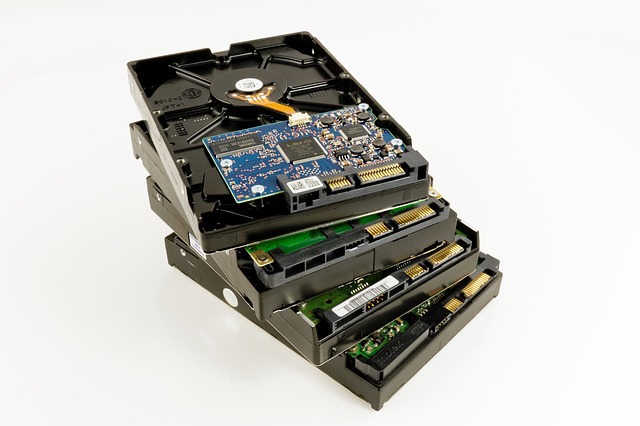How to enlarge root partition and filesystem size of cloud Linux VM at runtime without rebooting Linux
It is common that the root disk space is not enough when running a Virtual Machine in the cloud such as Amazon Web Service (AWS). The cloud storage usually provides tools or facilities to enlarge a virtual disk size. However, to make the Linux recognize and and use the enlarged disks without rebooting the OS, some actions are needed. In this post, we will use Ubuntu 18.04 as one example, to show how to enlarge Linux root partition and filesystem sizes at runtime without rebooting Linux.

Please note that filesystem and partitions resizing are dangerous operations and may lead to data lost. Please backup you data first before doing so by using snapshoting mechanism in the cloud service or using common backup tools.
Here is one example on a AWS EC2 node, named n8, which has 20GB root storage while it is almost used up as shown by df -hT:
root@n8:/var/log# df -hT
Filesystem Type Size Used Avail Use% Mounted on
udev devtmpfs 16G 0 16G 0% /dev
tmpfs tmpfs 3.1G 8.8M 3.1G 1% /run
/dev/nvme0n1p1 ext4 20G 20G 1.5M 100% /
tmpfs tmpfs 16G 0 16G 0% /dev/shm
tmpfs tmpfs 5.0M 0 5.0M 0% /run/lock
tmpfs tmpfs 16G 0 16G 0% /sys/fs/cgroup
/dev/loop0 squashfs 88M 88M 0 100% /snap/core/5328
/dev/loop2 squashfs 17M 17M 0 100% /snap/amazon-ssm-agent/734
/dev/loop1 squashfs 88M 88M 0 100% /snap/core/5548
/dev/loop3 squashfs 13M 13M 0 100% /snap/amazon-ssm-agent/295
/dev/loop4 squashfs 13M 13M 0 100% /snap/amazon-ssm-agent/495
/dev/loop5 squashfs 87M 87M 0 100% /snap/core/5145
tmpfs tmpfs 3.1G 0 3.1G 0% /run/user/1000In the AWS Volume management console, we increased the size of the root partition disk to 100GB. Now, let’s look at the steps to add the storage to the root filesystem (/).
First, use growpart to grow the partition size. Here, the root partition is the partition number 1 of disk /dev/nvme0n1, we run the command:
root@n8:/var/log# growpart /dev/nvme0n1 1
CHANGED: partition=1 start=2048 old: size=41940959 end=41943007 new: size=209713119,end=209715167From the STDOUT, the size has been changed.
However, the filesystem size is still the same although the partition size changed. We need to update the filesystem to use the more storage capacity available.
We can sue the resizee2fs command as follows.
root@n8:/var/log# resize2fs /dev/nvme0n1p1
resize2fs 1.44.1 (24-Mar-2018)
Filesystem at /dev/nvme0n1p1 is mounted on /; on-line resizing required
old_desc_blocks = 3, new_desc_blocks = 13
The filesystem on /dev/nvme0n1p1 is now 26214139 (4k) blocks long.After it executed successfully, we can check the filesystem size by df -hTgain.
root@n8:/var/log# df -hT
Filesystem Type Size Used Avail Use% Mounted on
udev devtmpfs 16G 0 16G 0% /dev
tmpfs tmpfs 3.1G 724K 3.1G 1% /run
/dev/nvme0n1p1 ext4 97G 20G 78G 20% /
tmpfs tmpfs 16G 0 16G 0% /dev/shm
tmpfs tmpfs 5.0M 0 5.0M 0% /run/lock
tmpfs tmpfs 16G 0 16G 0% /sys/fs/cgroup
/dev/loop0 squashfs 88M 88M 0 100% /snap/core/5328
/dev/loop2 squashfs 17M 17M 0 100% /snap/amazon-ssm-agent/734
/dev/loop1 squashfs 88M 88M 0 100% /snap/core/5548
/dev/loop3 squashfs 13M 13M 0 100% /snap/amazon-ssm-agent/295
/dev/loop4 squashfs 13M 13M 0 100% /snap/amazon-ssm-agent/495
/dev/loop5 squashfs 87M 87M 0 100% /snap/core/5145
tmpfs tmpfs 3.1G 0 3.1G 0% /run/user/1000Now you can see the new root partition size is around 100GB now. Cheers.